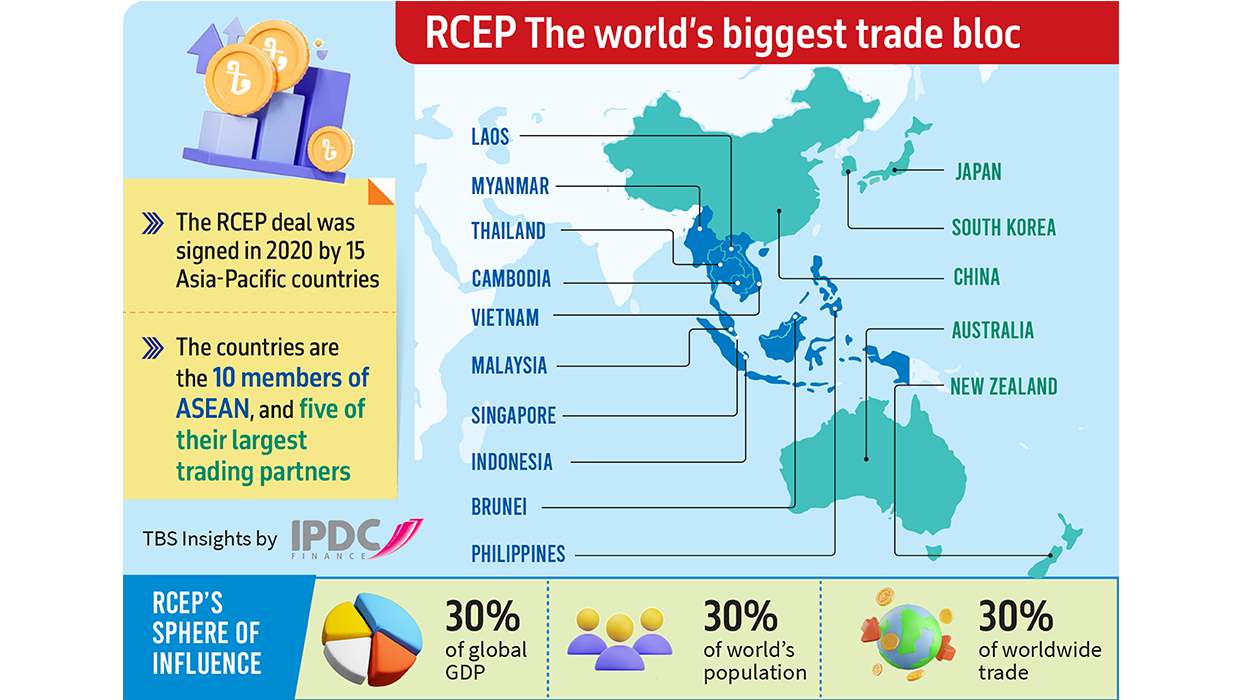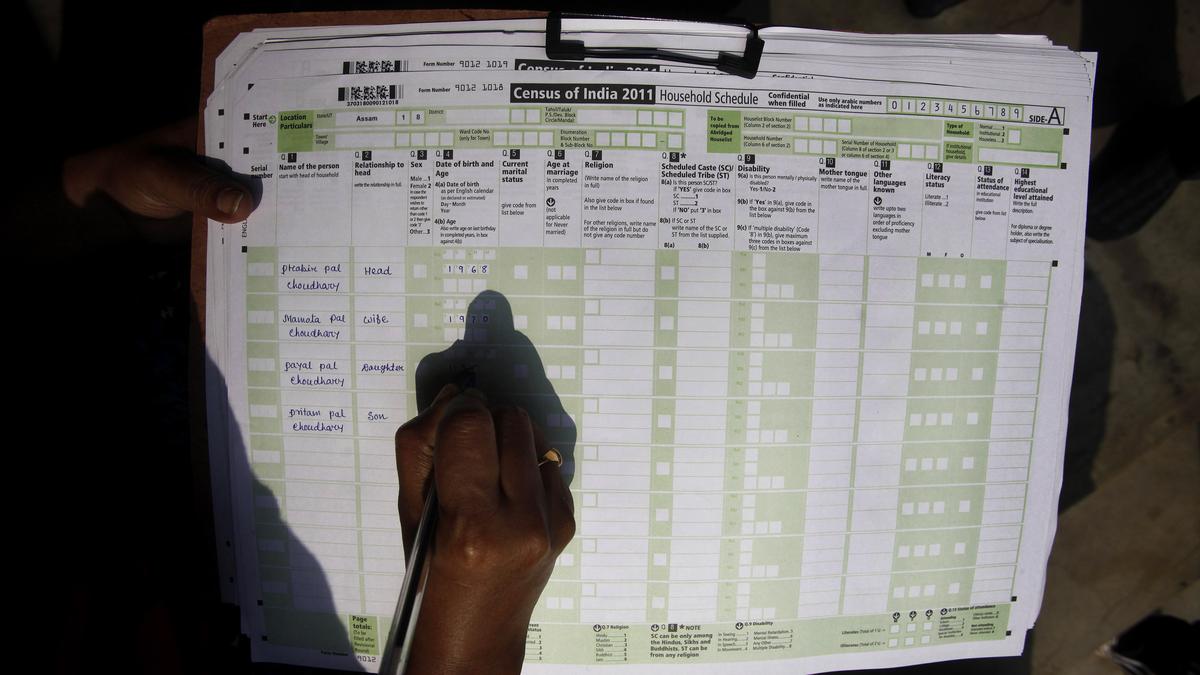- Courses
- GS Full Course 1 Year
- GS Full Course 2 Year
- GS Full Course 3 Year
- GS Full Course Till Selection
- MEP (Mains Enrichment Programme) Data, Facts
- Essay Target – 150+ Marks
- Online Program
- GS Recorded Course
- NCERT- First Ladder
- Polity
- Geography
- Economy
- Ancient, Medieval and Art & Culture AMAC
- Modern India, Post Independence & World History
- Environment
- Governance
- Science & Technology
- International Relations and Internal Security
- Disaster Management
- Ethics
- Current Affairs
- Indian Society and Social Issue
- CSAT
- 5 LAYERED ARJUNA Mentorship
- Public Administration Optional
- ABOUT US
- OUR TOPPERS
- TEST SERIES
- FREE STUDY MATERIAL
- VIDEOS
- CONTACT US
India Should Join RCEP and CPTPP: NITI Aayog CEO
India Should Join RCEP and CPTPP: NITI Aayog CEO
- In November 2024, B.V.R. Subrahmanyam, CEO of NITI Aayog, said that India should be part of 2 major international trade agreements: the Regional Comprehensive Economic Partnership (RCEP) and the Comprehensive and Progressive Agreement for Trans-Pacific Partnership (CPTPP).
- His remarks reflect a growing debate over India’s role in global trade and its future economic strategy.
What is RCEP?

The Regional Comprehensive Economic Partnership (RCEP) is a trade agreement between 15 countries:
- 10 ASEAN countries: (Brunei, Cambodia, Indonesia, Malaysia, Myanmar, Singapore, Thailand, the Philippines, Laos, and Vietnam) and
- 5 FTA partners: (China, Japan, South Korea, Australia, and New Zealand).
The agreement includes:
- Trade in goods and services
- Investment and economic cooperation
- Intellectual property rights
- Competition policies
- Dispute resolution
- E-commerce
- Support for Small and Medium Enterprises (SMEs)
Significance:
- RCEP covers over 30% of the world's total GDP and about one-third of the global population.
- It officially started on 1 January 2022 after being signed in November 2020.
India’s Withdrawal from RCEP (2019):
India was initially part of the RCEP talks but decided to leave in 2019 for several reasons:
- Trade Deficits: India was concerned that joining RCEP would worsen its trade imbalance, especially with China. For example, ASEAN’s trade deficit with China rose from USD 81.7 billion in 2020 to USD 135.6 billion in 2023.
- Cheap Chinese Goods: India was worried about a flood of cheap Chinese products that could hurt local industries, particularly steel and dairy.
- Protecting Local Industries: India feared that zero tariffs in RCEP would hurt its own industries. It was also concerned about rules of origin, which could allow goods to enter India without paying tariffs through other countries.
What is CPTPP?
The Comprehensive and Progressive Agreement for Trans-Pacific Partnership (CPTPP) is another major trade deal involving 11 countries: Australia, Brunei, Canada, Chile, Japan, Malaysia, Mexico, Peru, New Zealand, Singapore, and Vietnam.
- Significance: The CPTPP removes 99% of tariffs on goods and services and has strict rules on environmental protection and labor rights.
- India’s Concerns: India did not join the CPTPP because of concerns about strict labor laws, investment protections, and transparency rules that might limit India’s ability to make its own regulations.
Benefits for India in Joining RCEP and CPTPP:
-
Access to Larger Markets
- Joining RCEP and CPTPP would open up new markets in the Asia-Pacific region, helping India’s small businesses (MSMEs) which account for 40% of India’s exports.
- Lower tariffs and easier access to resources would help India scale up its “Make in India” initiative and improve its manufacturing.
- China Plus One Strategy: With many countries looking to reduce their dependence on China, India has the chance to attract foreign investment as a manufacturing hub in Asia.
- Better Trade Competitiveness: Lower tariffs would make India’s goods more competitive, especially in markets like Japan, South Korea, and Australia.
- Attracting Foreign Investment (FDI): India could attract more foreign investments by offering clearer trade rules and better access to regional markets, which would create more jobs and help grow industries like technology and infrastructure.
- Sharing Knowledge and Technology: RCEP would help India access new technologies and innovative practices from countries like Japan and South Korea, boosting India’s growth in areas like electronics and manufacturing.
- Stronger Trade Power: Being part of RCEP would give India a stronger voice in trade negotiations, especially in areas like agriculture, technology, and services.
India’s Current Tariff Structure and Global Trade Competitiveness:
- Average Tariffs: India’s average tariff rate is about 13.8%, which is higher than China’s (9.8%) and the United States (3.4%).
- High Bound Tariffs: India has some of the highest tariff limits in the world, especially for agricultural products, which range from 100% to 300%. These high tariffs make Indian markets less attractive to foreign businesses.
These factors make it harder for India to benefit fully from global trade agreements and hurt its ability to integrate into global supply chains.
Way Forward: Strategic Trade Initiatives
|
Initiative |
Description |
|
Bilateral FTAs |
India should prioritize completing trade agreements (FTAs) with important partners like the United Kingdom and the European Union to expand market access. |
|
Strengthening Regional Ties |
India should focus on enhancing relations with SAARC and BIMSTEC, regional groupings that connect South and Southeast Asia, to boost regional trade. |
|
Trade Agreements with Gulf and African Countries |
India should pursue trade deals with Gulf countries and African nations, focusing on key sectors like energy, infrastructure, and digital cooperation. |
|
Indo-Pacific Economic Framework (IPEF) |
India should actively engage in the Indo-Pacific Economic Framework (IPEF), which can support India's growth by promoting trade, clean energy, and supply chain resilience. |
|
Self-Reliant India Initiatives |
India should continue developing its domestic capabilities through programs like Make in India 2.0 and the Production Linked Incentive (PLI) Scheme to boost manufacturing and exports. |
Conclusion
India's rethink on joining RCEP and CPTPP is part of a larger strategy to improve its trade competitiveness and better connect with regional markets. While there are challenges to overcome, such as protecting local industries and aligning with global standards, joining these agreements could help India become a stronger player in global trade. To succeed, India must balance international engagement with strengthening its domestic economy.
Must Check: Best IAS Coaching In Delhi
UPSC Prelims Result 2024 Out: Expected Cut Off & Other Details, UPSC Prelims 2024 Answer with Explanation, Daily Prelims Quiz, Daily Current Affairs, MONTHLY CURRENT AFFAIRS TOTAL (CAT) MAGAZINE, Best IAS Coaching Institute in Karol Bagh, Best IAS Coaching Institute in Delhi, Daily Mains Question Answer Practice, ENSURE IAS UPSC Toppers, UPSC Toppers Marksheet, Previous Year Interview Questions, UPSC Syllabus




